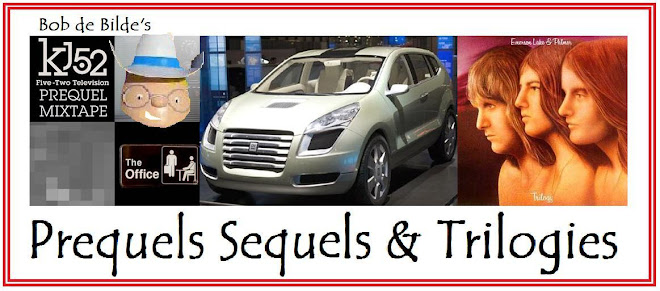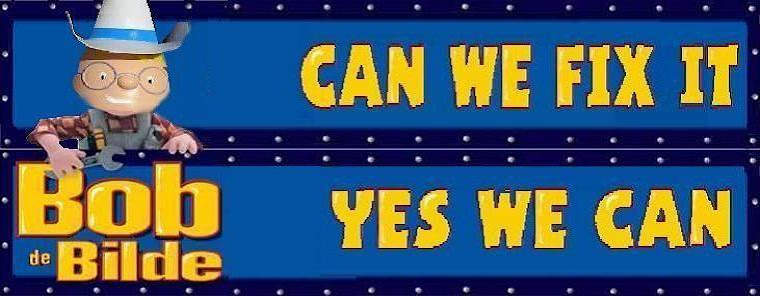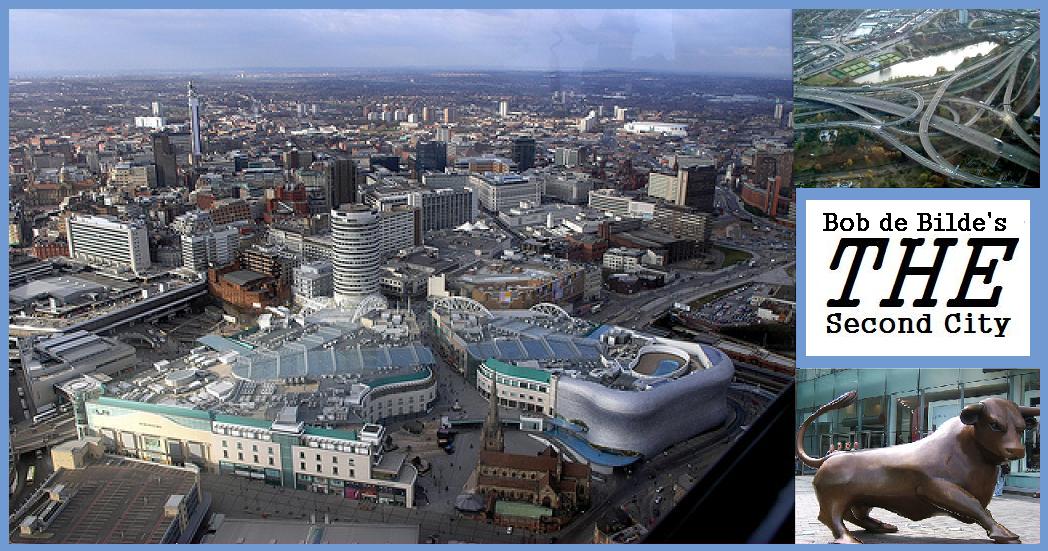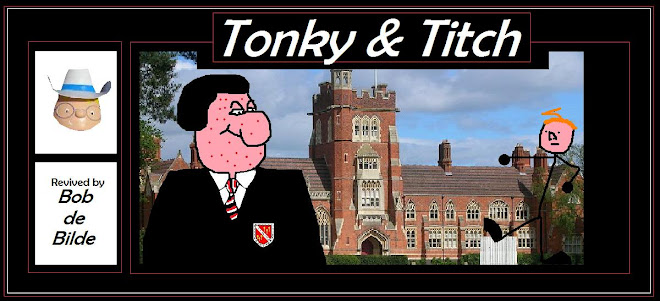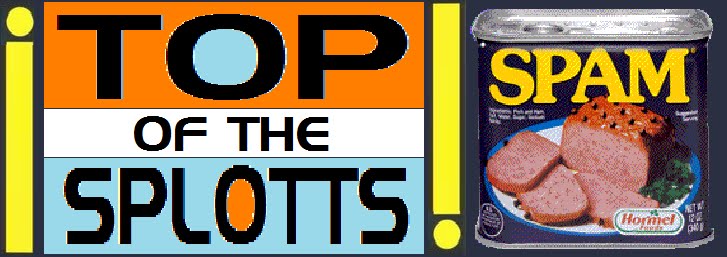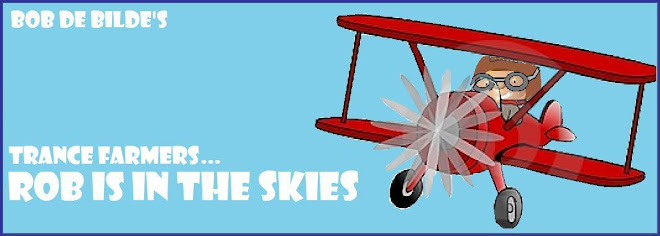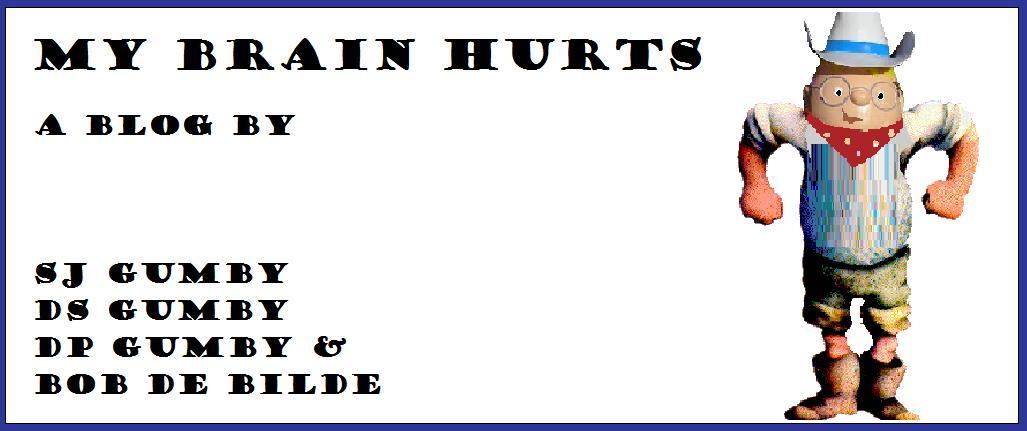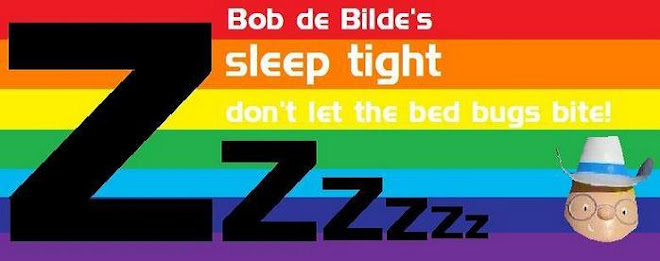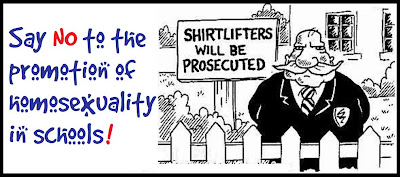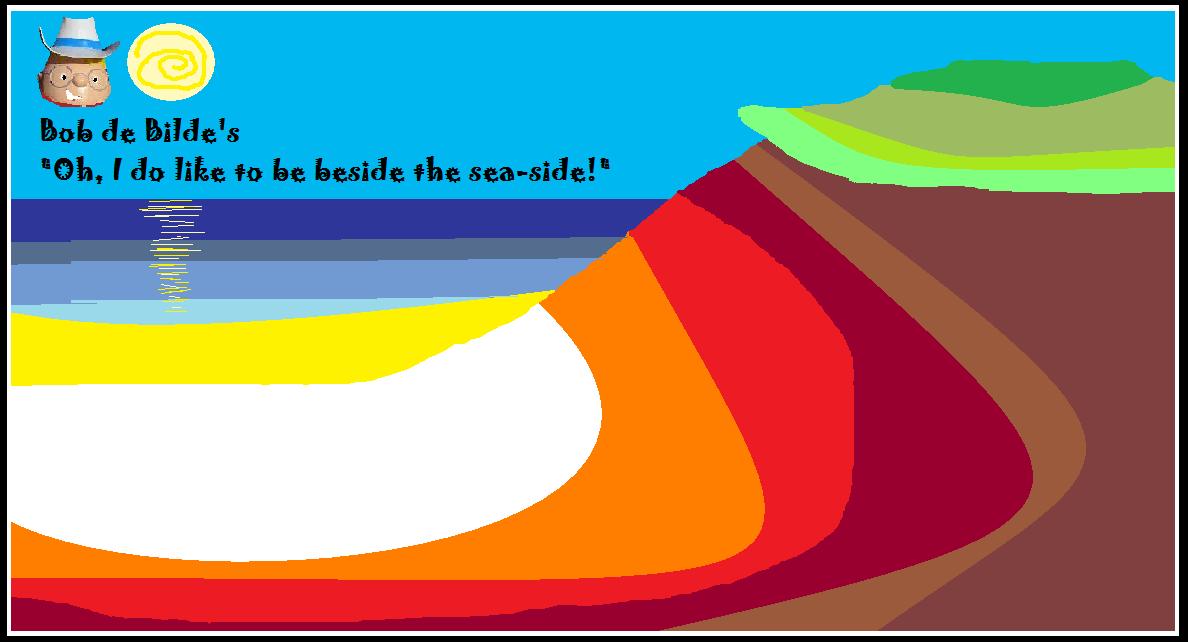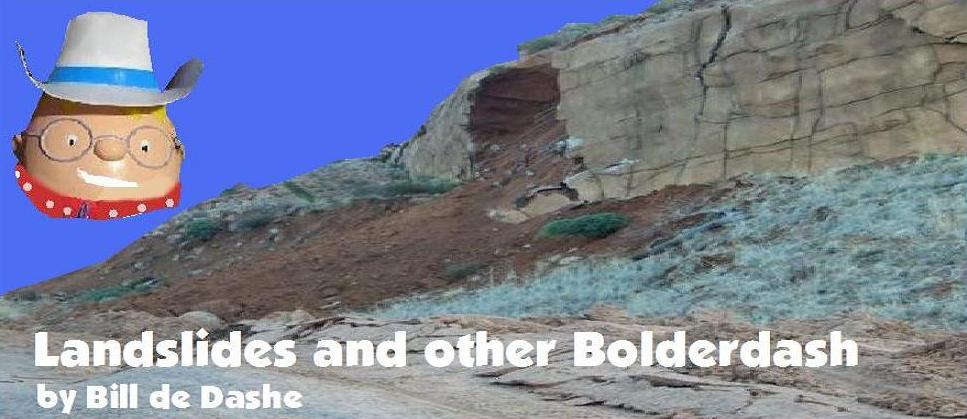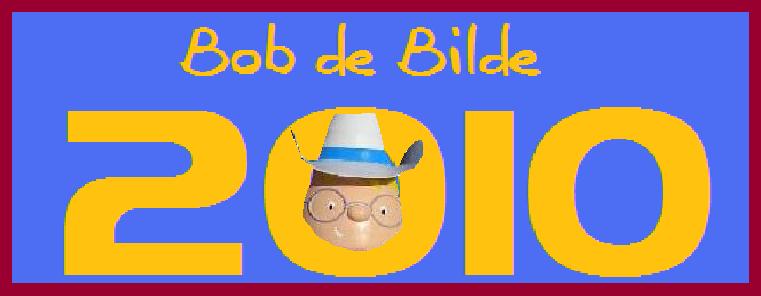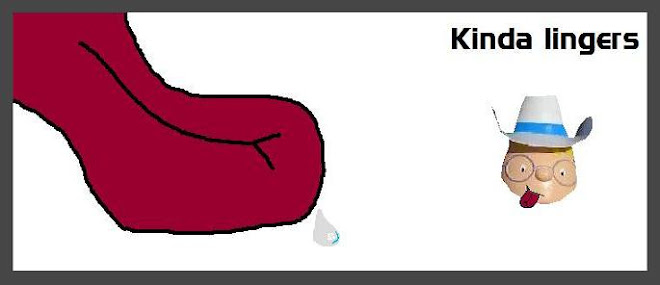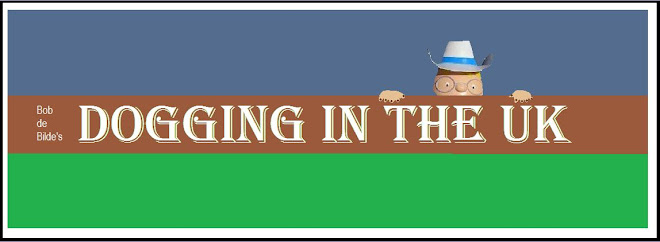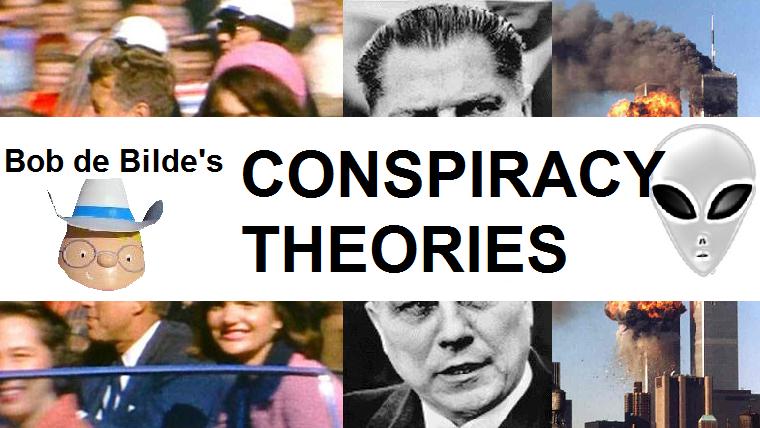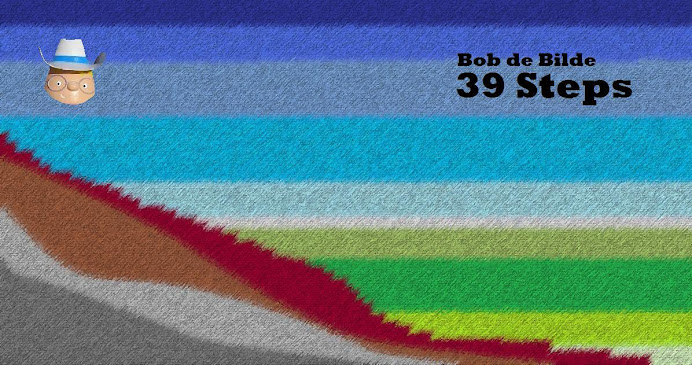 Dr. Henry Walton "Indiana" Jones, Jr. is a fictional adventurer, OSS agent, professor of archaeology, and the protagonist of the Indiana Jones franchise. George Lucas created the character in homage to the action heroes of 1930s film serials. The character first appeared in the 1981 film Raiders of the Lost Ark, to be followed by Indiana Jones and the Temple of Doom in 1984, The Last Crusade in 1989, The Young Indiana Jones Chronicles from 1992 to 1996, and Kingdom of the Crystal Skull in 2008. Alongside the more widely known films and television programs, novels, comics, video games, and other media also feature the character. Jones is also featured in the theme park attraction Indiana Jones Adventure, which exists in similar forms at Disneyland and Tokyo DisneySea.
Dr. Henry Walton "Indiana" Jones, Jr. is a fictional adventurer, OSS agent, professor of archaeology, and the protagonist of the Indiana Jones franchise. George Lucas created the character in homage to the action heroes of 1930s film serials. The character first appeared in the 1981 film Raiders of the Lost Ark, to be followed by Indiana Jones and the Temple of Doom in 1984, The Last Crusade in 1989, The Young Indiana Jones Chronicles from 1992 to 1996, and Kingdom of the Crystal Skull in 2008. Alongside the more widely known films and television programs, novels, comics, video games, and other media also feature the character. Jones is also featured in the theme park attraction Indiana Jones Adventure, which exists in similar forms at Disneyland and Tokyo DisneySea.Jones is most famously played by Harrison Ford; he has also been portrayed by River Phoenix (as the young Jones in The Last Crusade), and in the television series The Young Indiana Jones Chronicles by Corey Carrier, Sean Patrick Flanery, and George Hall. Doug Lee has supplied Jones's voice to two LucasArts video games, Indiana Jones and the Fate of Atlantis and Indiana Jones and the Infernal Machine, while David Esch supplied his voice to Indiana Jones and the Emperor's Tomb.
Particularly notable facets of the character include his iconic look (bullwhip, fedora, and leather jacket), sense of humor, deep knowledge of many ancient civilizations and languages, and fear of snakes.
In 2008, Indiana Jones was ranked as the 6th greatest movie character of all time by Empire magazine.
Indiana Jones, played by Harrison Ford, was first introduced in the 1981 film Raiders of the Lost Ark, set in 1936. He is portrayed as an adventurous throwback to the 1930s film serial treasure hunters and pulp action heroes, with an alter ego of Doctor Jones, a respected archaeologist at Marshall College (named after producer Frank Marshall) - a fictional college in Connecticut. In this first adventure, he is pitted against the Nazis, traveling the world to prevent them from recovering the Ark of the Covenant (see also Biblical archaeology). He is aided by Marion Ravenwood and Sallah. The Nazis are led by Jones's archrival, a Nazi-sympathizing French archaeologist named René Belloq, and Arnold Toht, a sinister Gestapo agent.
The 1984 prequel, Indiana Jones and the Temple of Doom, set in 1935, took the character into a more horror-oriented story, skipping his legitimate teaching job and globe trotting, and taking place almost entirely in India. This time, Jones attempts to recover children and the Sankara Stones from the bloodthirsty Thuggee cult. He is aided by Short Round and hindered by Willy.
 The third film, 1989's Indiana Jones and the Last Crusade, set in 1938, returned to the formula of the original, reintroducing characters such as Sallah and Marcus Brody, a scene from Professor Jones's classroom (he now teaches at Barnett College), the globe trotting element of multiple locations, and the return of the infamous Nazi mystics, this time trying to find the Holy Grail. The film's introduction, set in 1912, provided some back story to the character, specifically the origin of his fear of snakes, his use of a bullwhip, the scar on his chin, and his hat; the film's epilogue also reveals that "Indiana" is not Jones's first name, but a nickname he took from the family dog. The film was a buddy movie of sorts, teaming Jones with his father, often to comical effect. Although Lucas intended at the time to do five films, this ended up being the last for over eighteen years, as Lucas could not think of a good plot element to drive the next installment.
The third film, 1989's Indiana Jones and the Last Crusade, set in 1938, returned to the formula of the original, reintroducing characters such as Sallah and Marcus Brody, a scene from Professor Jones's classroom (he now teaches at Barnett College), the globe trotting element of multiple locations, and the return of the infamous Nazi mystics, this time trying to find the Holy Grail. The film's introduction, set in 1912, provided some back story to the character, specifically the origin of his fear of snakes, his use of a bullwhip, the scar on his chin, and his hat; the film's epilogue also reveals that "Indiana" is not Jones's first name, but a nickname he took from the family dog. The film was a buddy movie of sorts, teaming Jones with his father, often to comical effect. Although Lucas intended at the time to do five films, this ended up being the last for over eighteen years, as Lucas could not think of a good plot element to drive the next installment.
 The 2008 film, Indiana Jones and the Kingdom of the Crystal Skull, became the latest film in the series. Set in 1957, 19 years after the third film, it pits an older, wiser Indiana Jones against Soviet agents bent on harnessing the power of a crystal skull discovered in South America by his former colleague Harold Oxley (John Hurt). He is aided in his adventure by an old lover, Marion Ravenwood (Karen Allen), and her son—a young greaser named Mutt Williams (Shia LaBeouf), later revealed to be his biological child Henry Jones III. There are rumors that LaBeouf will take over the Indy franchise. This film also reveals that Jones was recruited by the Office of Strategic Services (a predecessor department to the CIA) during World War II, attaining the rank of Colonel and running covert operations with MI6 agent George McHale on the Soviet Union.
The 2008 film, Indiana Jones and the Kingdom of the Crystal Skull, became the latest film in the series. Set in 1957, 19 years after the third film, it pits an older, wiser Indiana Jones against Soviet agents bent on harnessing the power of a crystal skull discovered in South America by his former colleague Harold Oxley (John Hurt). He is aided in his adventure by an old lover, Marion Ravenwood (Karen Allen), and her son—a young greaser named Mutt Williams (Shia LaBeouf), later revealed to be his biological child Henry Jones III. There are rumors that LaBeouf will take over the Indy franchise. This film also reveals that Jones was recruited by the Office of Strategic Services (a predecessor department to the CIA) during World War II, attaining the rank of Colonel and running covert operations with MI6 agent George McHale on the Soviet Union.
 From 1992 to 1996, George Lucas executive produced a television series named The Young Indiana Jones Chronicles, which was designed as an educational program for children, spotlighting historical figures and important events, using the concept of a prequel to the films as a draw. The show featured a standard formula of a 93-year-old Jones (George Hall), wearing an eye patch, introducing a story, and then an adventure with either a 17-year-old Jones (Sean Patrick Flanery) or a 10-year-old Jones (Corey Carrier), and even a baby Indy (Neil Boulane). Historical figures featured on the show include Mustafa Kemal Atatürk, Leo Tolstoy, Pancho Villa, Charles de Gaulle, Elliot Ness, Ernest Hemingway, Patrick Pearse and John Ford, in such diverse locations as Egypt, Austria-Hungary, India, China, and the whole of Europe.
From 1992 to 1996, George Lucas executive produced a television series named The Young Indiana Jones Chronicles, which was designed as an educational program for children, spotlighting historical figures and important events, using the concept of a prequel to the films as a draw. The show featured a standard formula of a 93-year-old Jones (George Hall), wearing an eye patch, introducing a story, and then an adventure with either a 17-year-old Jones (Sean Patrick Flanery) or a 10-year-old Jones (Corey Carrier), and even a baby Indy (Neil Boulane). Historical figures featured on the show include Mustafa Kemal Atatürk, Leo Tolstoy, Pancho Villa, Charles de Gaulle, Elliot Ness, Ernest Hemingway, Patrick Pearse and John Ford, in such diverse locations as Egypt, Austria-Hungary, India, China, and the whole of Europe.
One episode, "Young Indiana Jones and the Mystery of the Blues", is bookended by Harrison Ford, reprising his role as the character. Indiana loses one of his eyes sometime between 1957 and when the "Old Indy" segments take place.
 The show provided some backstory for the films, as well as new information regarding the character. He was born July 1, 1899, and his middle name is Walton (Lucas's middle name). It is also mentioned that he had a sister called Suzie who died as an infant of fever, and that he eventually has a daughter and grandchildren who appear in some episode introductions and epilogues. His relationship with his father, first introduced in Indiana Jones and the Last Crusade, was further fleshed out with stories about his travels with his father as a young boy. A large portion of the series centered around his activities during World War I.
The show provided some backstory for the films, as well as new information regarding the character. He was born July 1, 1899, and his middle name is Walton (Lucas's middle name). It is also mentioned that he had a sister called Suzie who died as an infant of fever, and that he eventually has a daughter and grandchildren who appear in some episode introductions and epilogues. His relationship with his father, first introduced in Indiana Jones and the Last Crusade, was further fleshed out with stories about his travels with his father as a young boy. A large portion of the series centered around his activities during World War I.
In 1999, Lucas removed the episode introductions and epilogues by George Hall for the VHS and DVD releases, as he re-edited the episodes into chronologically ordered feature-length stories. The series title was also changed to The Adventures of Young Indiana Jones.
